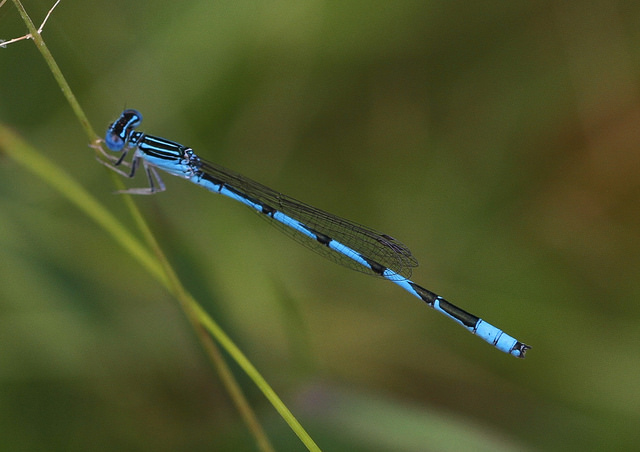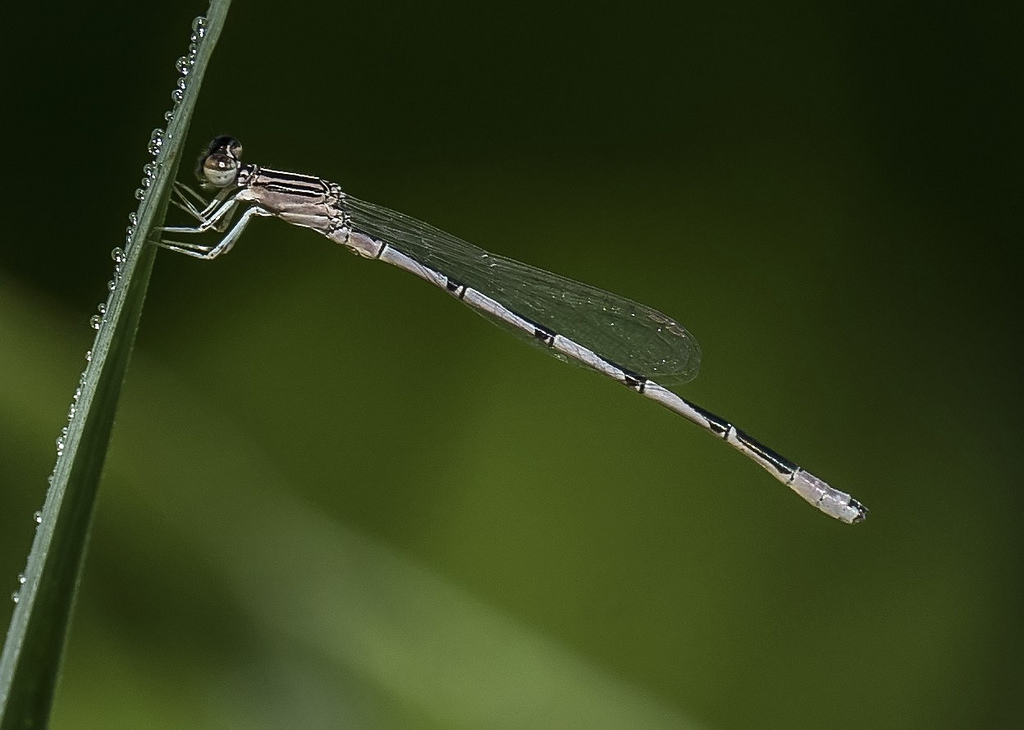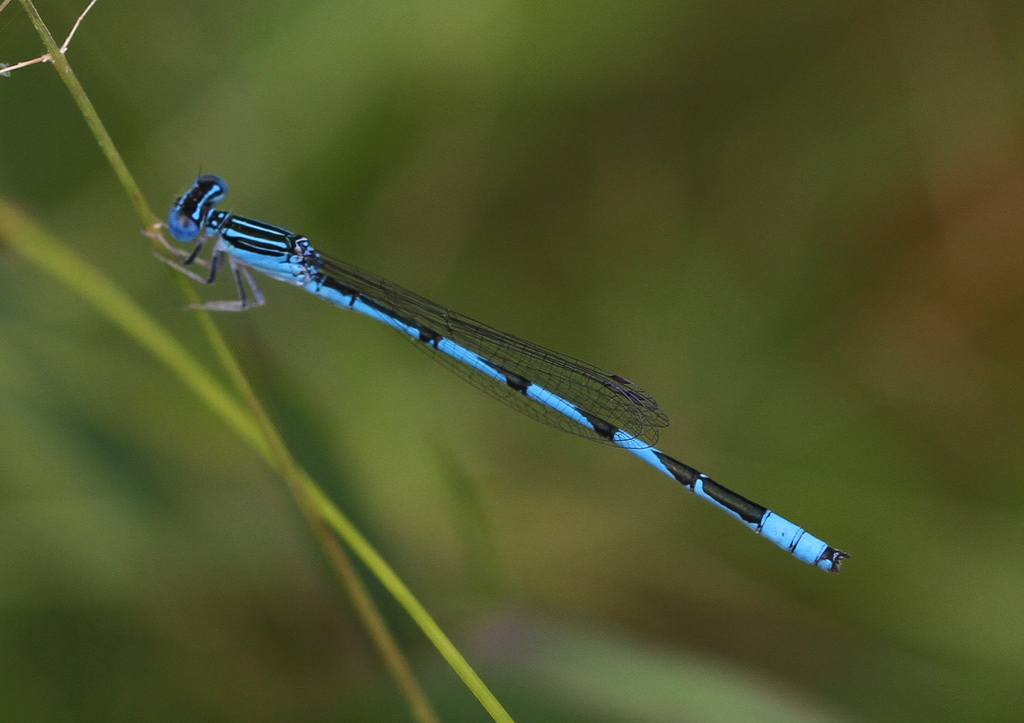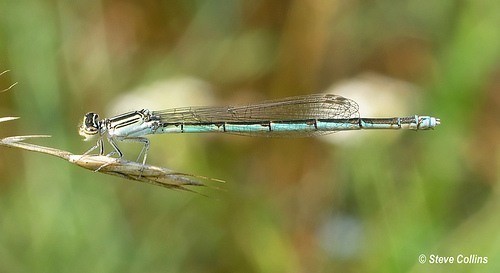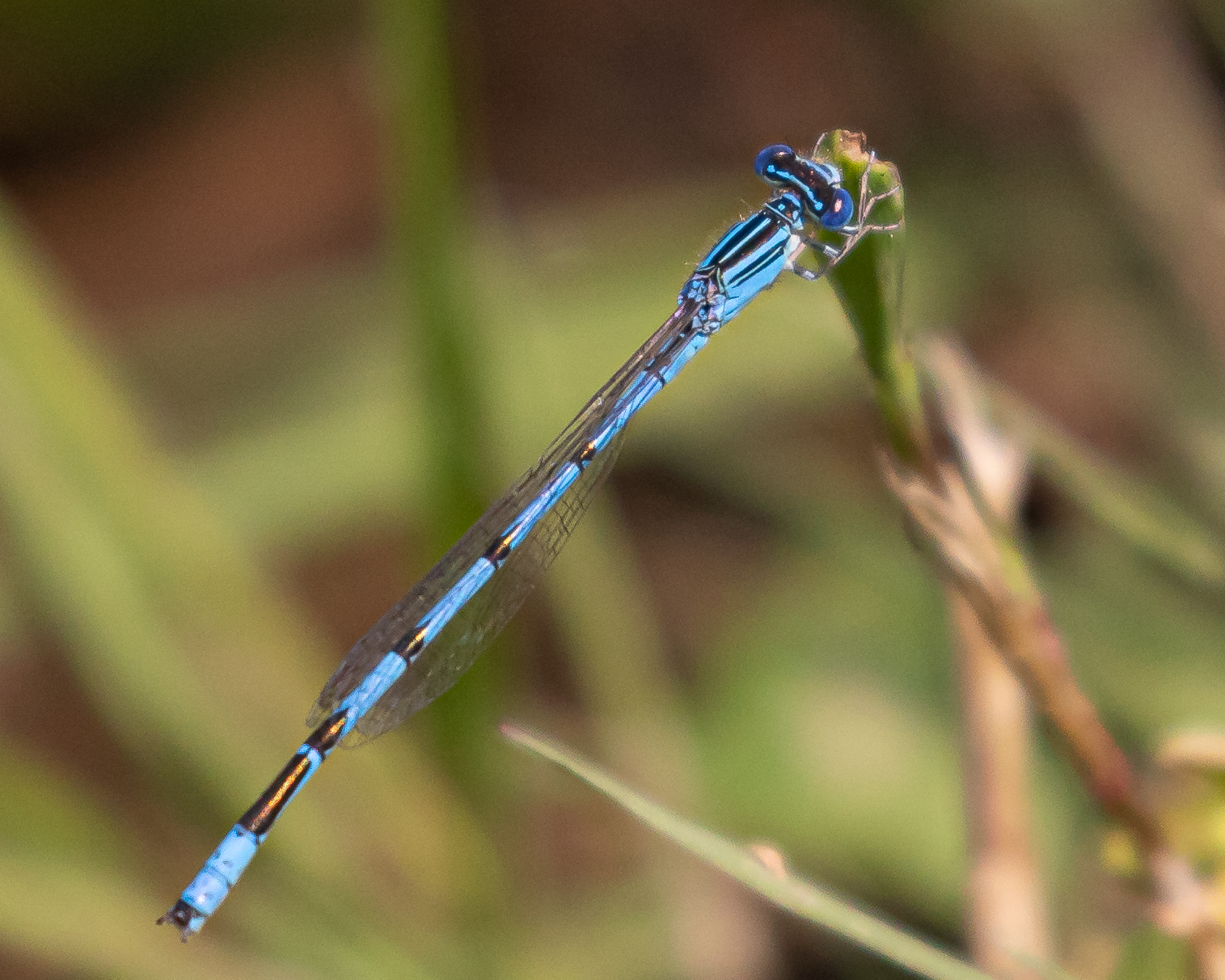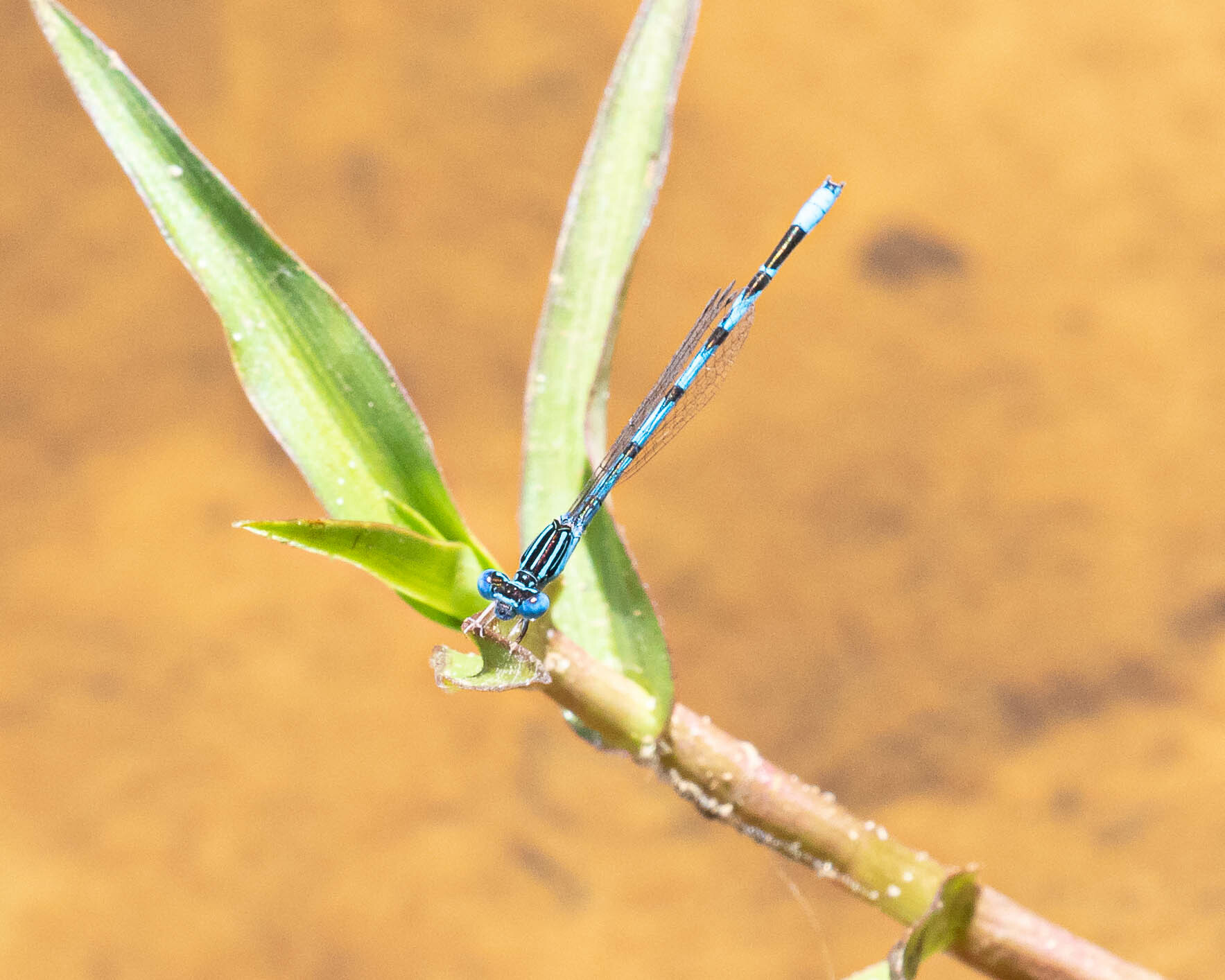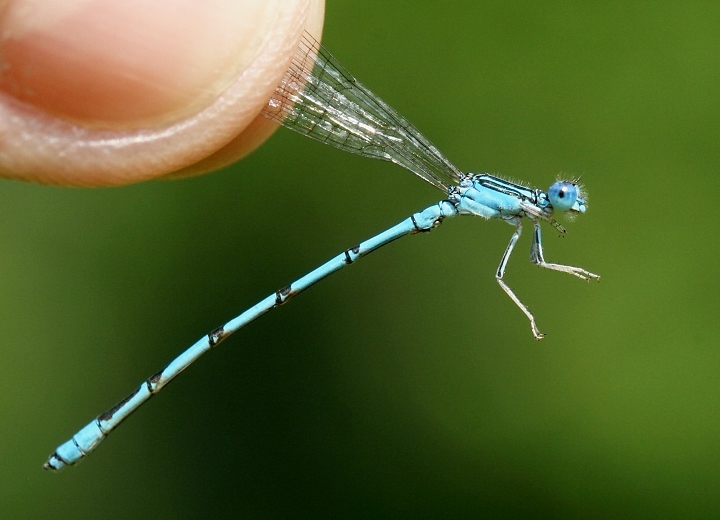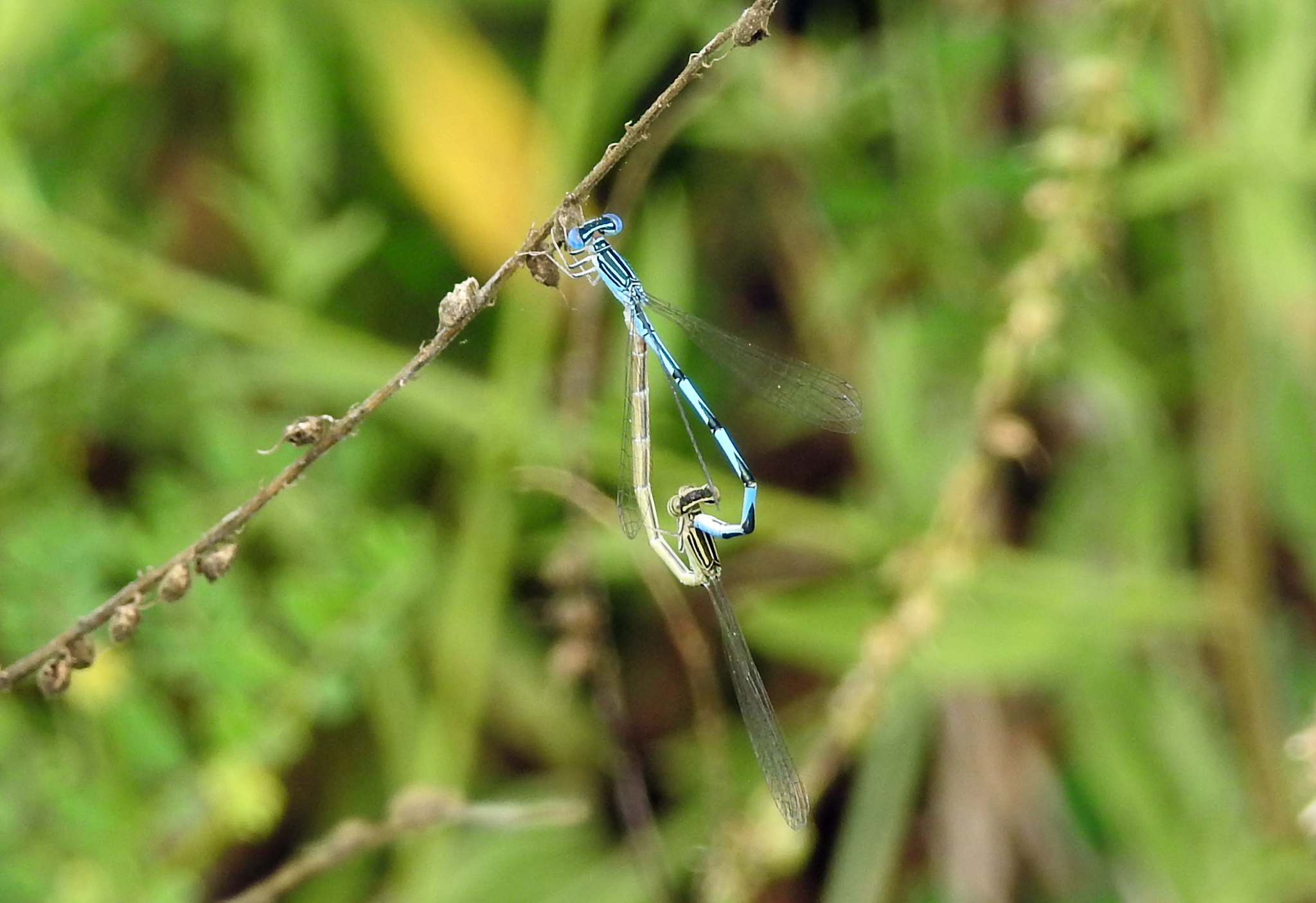Map Snapshot


















160 Records
Status
Double-striped Bluet (Enallagma basidens is a relatively recent addition to the eastern fauna, having undergone a relatively rapid range expansion from the southwest during the twentieth century (Lam, 2004). It is now found through much of the mid-Atlantic region. This diminutive species is among the smallest bluets species, and it can easily be overlooked in the dense vegetation lining the ponds and lakes it typically inhabits (Richard Orr's Dragonflies and Damselflies of Maryland and the District of Columbia).
Seasonality Snapshot
Source: Wikipedia
This article includes a list of references, related reading, or external links, but its sources remain unclear because it lacks inline citations. (August 2015) |
| Double-striped bluet | |
|---|---|

| |
| Scientific classification | |
| Domain: | Eukaryota |
| Kingdom: | Animalia |
| Phylum: | Arthropoda |
| Class: | Insecta |
| Order: | Odonata |
| Suborder: | Zygoptera |
| Family: | Coenagrionidae |
| Genus: | Enallagma |
| Species: | E. basidens
|
| Binomial name | |
| Enallagma basidens Calvert, 1902
| |
The double-striped bluet (Enallagma basidens) is a species of damselfly in the family Coenagrionidae. This species grows to lengths 21–28 mm. Its common name from the peculiar black shoulder stripe, which is divided in two by a thin blue stripe. This is the key identification characteristic; no other damselfly has a shoulder stripe that looks like this one.
Mature males have an abdomen that alternates black and blue. The final segment of the abdomen is blue below and black above, while segments 8 and 9 are all blue. Females and immatures are tan to olive or brown, but like the mature males they have the divided shoulder stripe.
These damselflies are most typically found alongside lakes and ponds, but are occasionally found next to slow-moving streams, too.
Distribution
[edit]- Mexico: Tamaulipas, San Luis Potosí, Nuevo León, Coahuila, Chihuahua, Baja California[1]
- United States: (Alabama • Arkansas • Arizona • California • Colorado • Delaware • Florida • Georgia • Iowa • Illinois • Indiana • Kansas • Kentucky • Louisiana • Maryland • Michigan • Missouri • Mississippi • Nebraska • North Carolina • New Jersey • New Mexico • Ohio • Pennsylvania • South Carolina • Tennessee • Texas • Vermont • Wisconsin • West Virginia)
- Canada: (Ontario)
References
[edit]- ^ a b Paulson, D.R. (2017). "Enallagma basidens". IUCN Red List of Threatened Species. 2017: e.T51355210A65836719. doi:10.2305/IUCN.UK.2017-3.RLTS.T51355210A65836719.en. Retrieved 15 January 2022.
- Enallagma basidens, Double-Striped Bluet, Family Coenagrionidae
- Enallagma basidens(Double-Striped Bluet Damselfly)
- Lam, E. (2004) Damselflies of the Northeast. Forest Hills, NY:Biodiversity Books. p. 71.
- [1]

